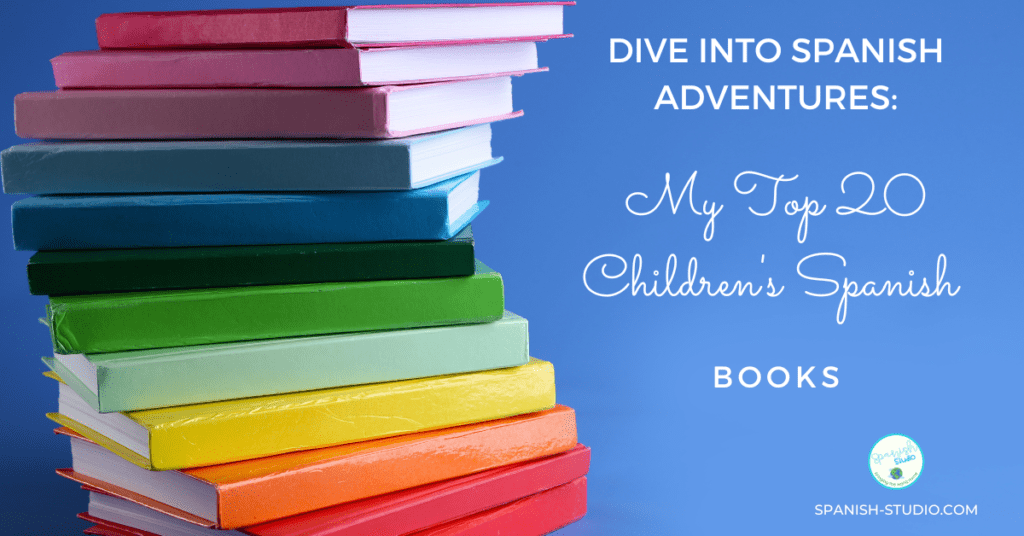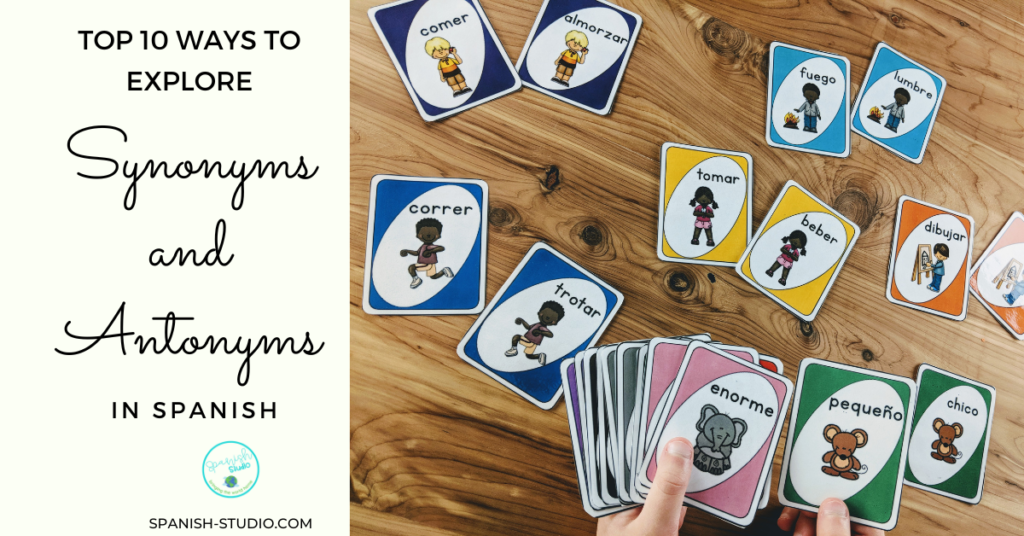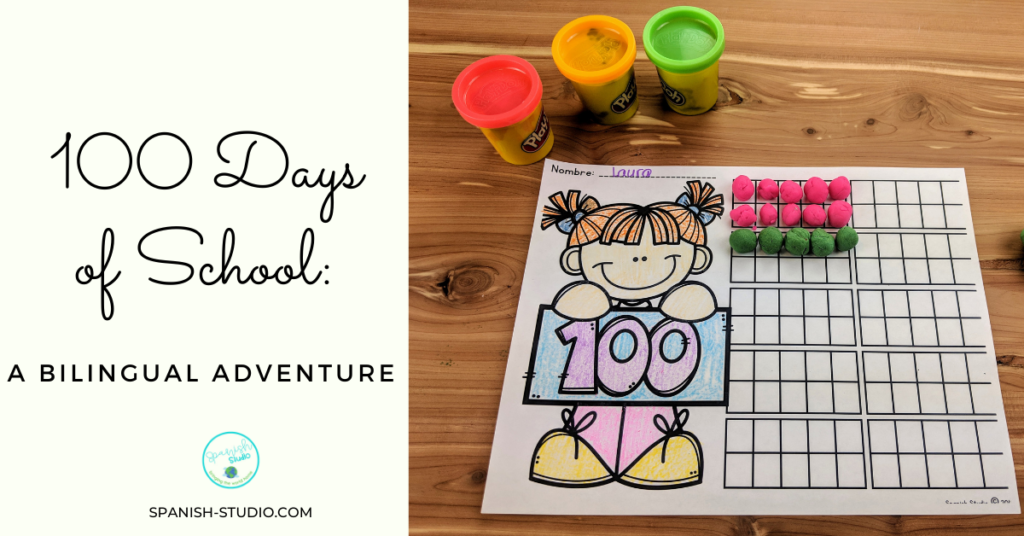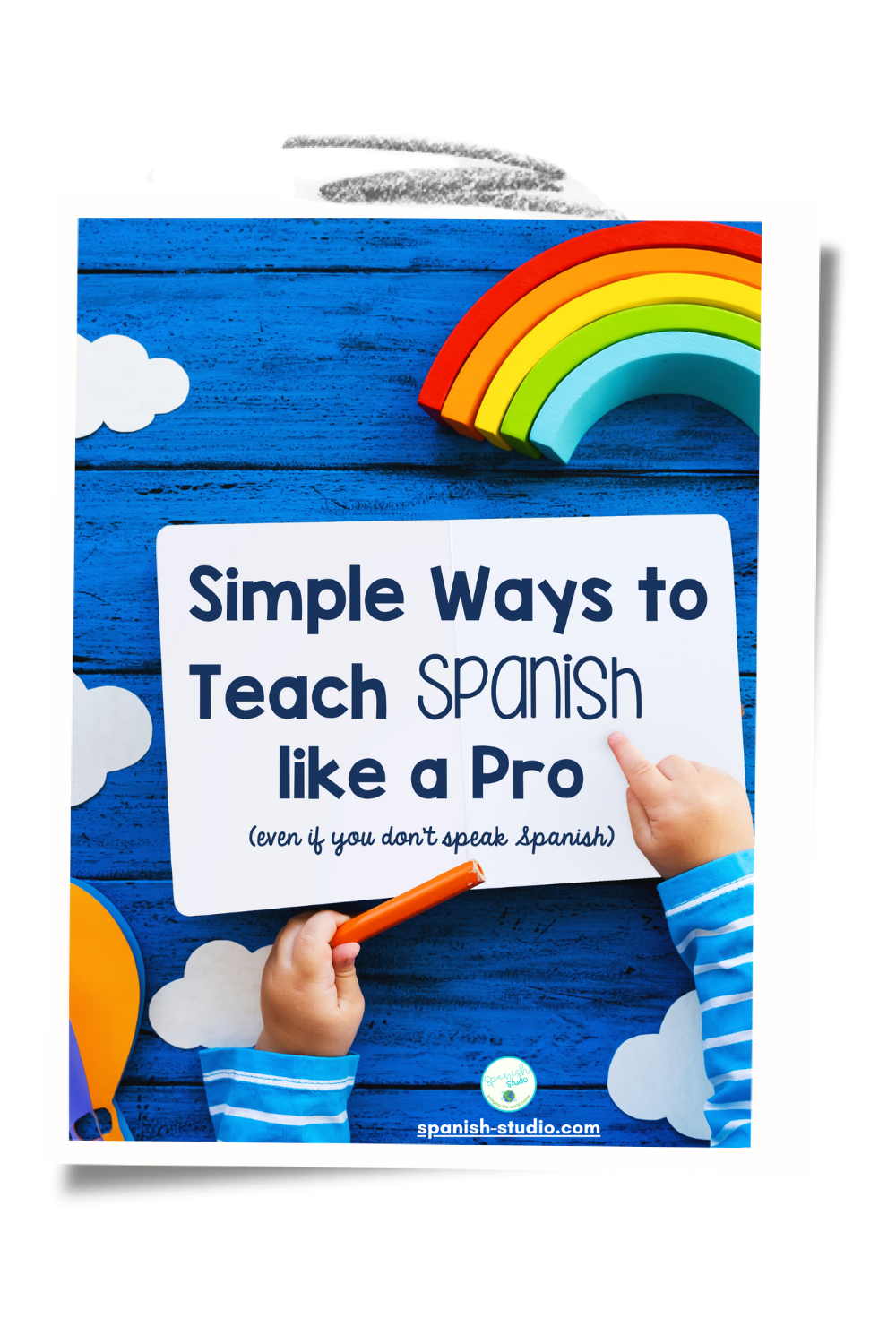Reading is often touted as a powerful tool for second language acquisition, and this holds especially true for raising bilingual children. It not only opens doors to a world full of adventure, imagination, and knowledge but also provides an enjoyable and easy way to learn a new language. Expensive programs and fancy apps are not necessary when simple books can be the key to mastering a second, third, fourth, or even fifth language. In this article, we present the top 20 Children Spanish Books, along with strategies to make reading meaningful for Spanish learners, emphasizing the importance of reading for second language acquisition.
1-El Monstruo de Colores:
This story helps children identify and express their emotions as they observe the monster using color names to sort them out. To make reading meaningful, encourage children to discuss their own feelings in Spanish after reading the story. This will deepen their emotional vocabulary and promote language acquisition.
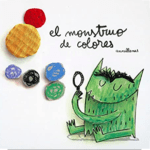
2-Buenas Noches, Luna:
A classic bedtime story that builds vocabulary and establishes a bedtime routine. To enhance reading comprehension, encourage children to retell the story in their own words using Spanish vocabulary. This practice reinforces language skills and helps internalize new words and phrases.
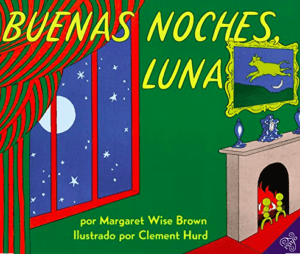
3- La Oruga muy Hambrienta:
This story follows the growth of a caterpillar, teaching numbers, food, colors, and days of the week. To reinforce language learning, suggest that children create their own mini-book, retelling the story using Spanish vocabulary and illustrations. This activity promotes reading, writing, and artistic expression.
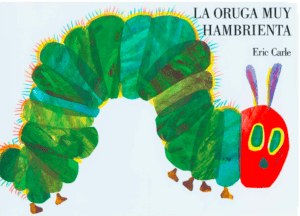
4- ¿Quién se ha llevado mi queso? para niños:
The story of four mice searching for their missing cheese teaches children to embrace change and new opportunities. Encourage children to discuss personal experiences of change and adaptation in Spanish. This not only strengthens language skills but also fosters critical thinking and reflection.

5- El Pollo Pepe:
An interactive book featuring vibrant colors and pop-up pictures, El Pollo Pepe engages younger readers. To make reading more meaningful, encourage children to create their own pop-up book, using simple Spanish sentences and illustrations. This hands-on activity promotes creativity, language acquisition, and fine motor skills.

6- Oso Pardo Oso Pardo, ¿Qué ves ahí?:
This beloved classic introduces animals and colors. After reading, encourage children to create their own version of the story, replacing animals with different Spanish vocabulary, such as fruits, vegetables, or toys. This exercise reinforces vocabulary acquisition and encourages storytelling.
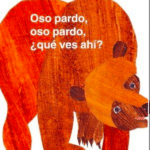
7- Elmer:
A heartwarming story about acceptance, Elmer is an extraordinary elephant who stands out with his colorful skin. To make reading more meaningful, facilitate a discussion on diversity and acceptance in Spanish, encouraging children to express their thoughts and experiences. This promotes empathy, cultural understanding, and language
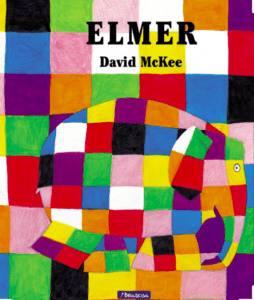
8-¿Eres mi mamá?:
The story of a hatchling bird searching for its mother is perfect for beginner readers. To enhance reading comprehension, provide children with a list of vocabulary words from the story and ask them to create sentences or a short story using the words. This activity reinforces vocabulary and grammar skills.

9- Un día de nieve:
This tale follows Peter’s adventures in the snow, making it ideal for beginner readers. To make reading more meaningful, suggest that children create a visual storyboard summarizing the story in Spanish. This visual representation helps with reading comprehension and storytelling abilities.
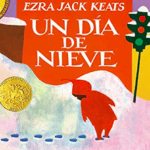
10-Oso Polar Oso Polar, ¿Qué es ese ruido?:
An engaging book for learning animal sounds, it offers repetitive text for beginning readers. To reinforce language acquisition, integrate TPR by having Spanish learners imitate the movements and sounds of the animals mentioned in the story. This kinesthetic experience strengthens vocabulary acquisition and engages multiple senses.
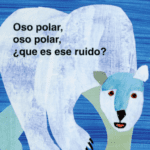
11-Así me siento yo:
This book addresses emotions, allowing young children to identify and express their feelings. Encourage children to keep a journal where they describe their emotions in Spanish and reflect on what triggers those feelings. This practice promotes self-awareness, emotional literacy, and language development.
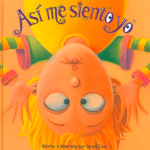
12-Siempre siempre te querré:
A poetic book celebrating a mother’s boundless love for her child. To deepen language learning, suggest children write a letter or create a poem expressing their love for someone in their lives. This activity fosters creativity, emotional expression, and language proficiency.
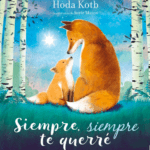
13-El Pez Arcoiris:
This book emphasizes the joy of sharing and will captivate children with its shiny scales. After reading, engage children in a discussion about acts of kindness and sharing experiences in Spanish. This cultivates empathy, encourages conversation, and reinforces vocabulary.
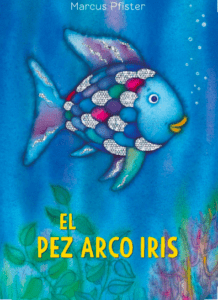
14-Huevos verdes con jamón:
Dr. Seuss’s classic book is fun to read and supports children’s development. To make reading more meaningful, engage children in cooking activities where they prepare a simple dish mentioned in the book, using the corresponding Spanish vocabulary. This promotes multisensory learning and cultural exploration.
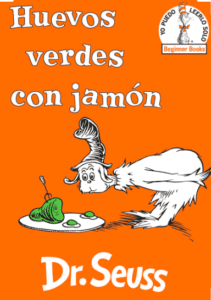
15-Que llega el lobo:
A story about friendship, family, and love, as a group of friends evades a pursuing wolf. After reading, ask children to discuss the importance of friendship and loyalty in their own lives, using Spanish vocabulary. This stimulates conversation, critical thinking, and language proficiency.
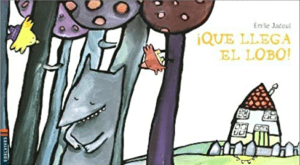
16-Un elefante se balanceaba:
A colorful book that brings a popular children’s song to life. Encourage children to create their own song or rhyme in Spanish, incorporating different animals or objects. This activity promotes rhythm, pronunciation, and language creativity.
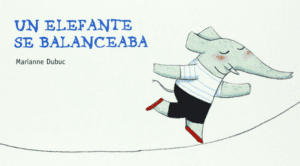
17-Si le das una galletita a un ratón:
The story of a mouse who keeps asking for more after receiving a cookie. To enhance reading comprehension, encourage children to predict what will happen next in the story and share their thoughts in Spanish. This activity develops critical thinking skills and promotes language engagement.
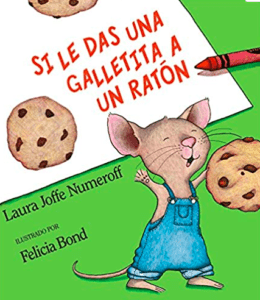
18- No dejes que la paloma conduzca el autobús:
A simple yet captivating story about a persuasive pigeon attempting to drive a bus. To make reading more meaningful, ask children to write a short dialogue between the pigeon and another character, using Spanish vocabulary. This exercise enhances writing skills, creativity, and language usage.
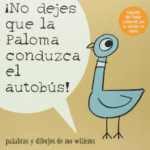
19- Tienes un pájaro en la cabeza:
Another wonderful picture book that will captivate young readers. Encourage children to act out the story using puppets or stuffed animals, speaking in Spanish. This interactive activity improves speaking skills, fluency, and storytelling abilities.
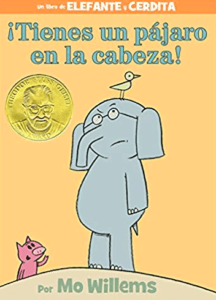
20- Vaya Rabieta!:
This children’s Spanish book teaches young children the importance of identifying and expressing their emotions. After reading, prompt children to draw or describe a personal experience when they felt a strong emotion, using Spanish vocabulary. This activity promotes self-reflection, emotional intelligence, and language development.
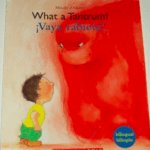
By immersing themselves in these top 20 Children’s Spanish Books, little ones can embark on a journey of linguistic growth, cultural understanding, and personal development. These books offer a rich and diverse collection of stories that captivate young readers and provide them with a strong foundation in the Spanish language. However, the list doesn’t end here! There are countless other children’s books in Spanish that can further enhance the reading experience for Spanish learners. So, for more suggestions and to continue reaping the benefits of reading, be sure to explore additional titles and authors in the vast world of Spanish literature. Reading plays a crucial role in second language acquisition for bilingual children, and with each page turned, they can unlock new vocabulary, expand their language skills, and deepen their connection to the Spanish-speaking world. So, grab a book, get ready, and enjoy the power of reading!
Interested in more?
Download my FREE Guide: “How to Teach Spanish Like a Pro (even if you don’t speak Spanish)”

